As my son and heir and I knew we would be at a loose end today, I booked us on the tour of Lennon and McCartney’s childhood homes in Liverpool. It’s the sort of thing I’d been half-meaning to do for years and never got around to doing; you don’t sometimes when these things are on your doorstep. Fifteen of us shuffled onto a minibus headed for the Liverpool suburb of Woolton for John Lennon’s childhood home, where he lived with Aunt Mimi until 1963 and then to Paul McCartney’s home in Allerton.
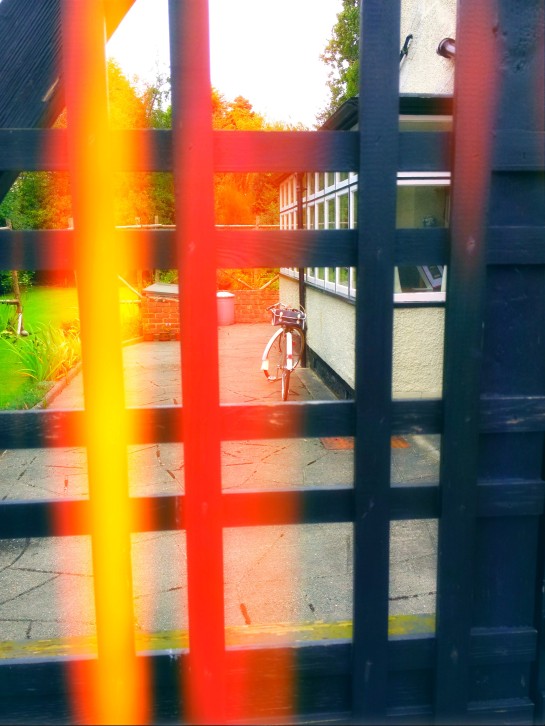
The tours were great, the two guides were brilliant and the emphasis at both houses was on the houses as homes, rather than either being a Beatles museum*, both houses having been restored to the condition they were in 1963. What the guides did very well was to put the childhood’s of both Beatles into a social, historical and class context – the latter point being a little lost on the few Americans on our tour, who were, very understandably, not so aware how issues of class and relationships of class had such a strait-jacketing effect on British lives then. The point being made that Lennon grew up in a much more aspirational middle-class context then McCartney did. It was great and there was a tangible thrill in standing with my son in Lennon’s bedroom and knowing that he and Paul had sat there and entirely unknowingly rolled that first stone that not only started their own landslide, but a generational one.
I’m a history geek and I spend chunks of my time going to see sites of historical interest. But being there in a group of fifteen people from around the world, standing outside a modest council house on Forthlin Road in Liverpool**, I thought that this was such an arbitrary thing. Here we all were happily snapping away at the outside of #20 because Paul had lived there, totally ignoring #18, identical (if rather modernised now) architecturally, simply because Paul hadn’t lived there.
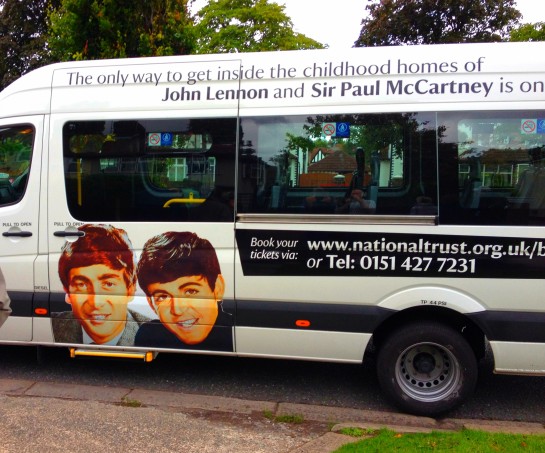
It made me ruminate about why we do these things, far more so than when I visit a castle, or some nobleman’s stately home. Why do we pay our money and truck off to see these places, stand where these greats have stood – trying to catch a long-gone echo of a strummed chord? trying to assimilate something of them through their surroundings maybe? or even trying to just be close to the legend, chasing a certain proximity, because unlike some castle building monarch, or a great 18th century industrialist there is a certain democracy to their greatness; not many of us are born as scions to nobility, but any of us could do what they did^.
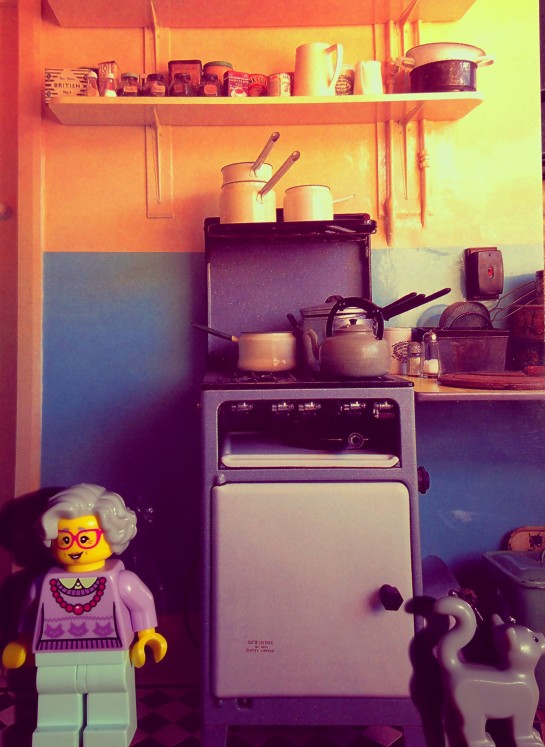
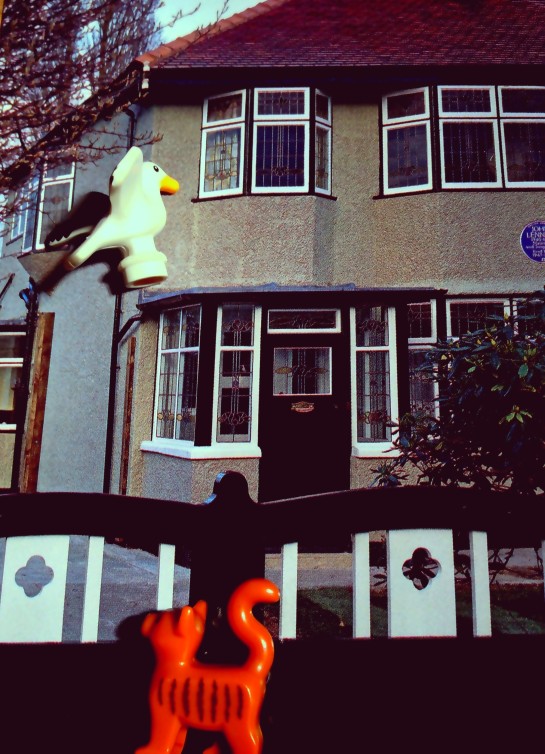
Highfalutin dialecticism aside, again it was a genuine thrill to sit in the McCartney living room where the band had practiced so much, looking at Mike McCartney’s photographs of the band writing, 1537 fave, ‘I Saw Her Standing There’ in that same room. It seemed a much warmer home than John’s due to the descriptions of the family music nights there and the closeness of the McCartneys, but of course both boys suffered the death of their mothers in those homes too; Julia being knocked down and killed only yards from the house on Menlove Avenue.
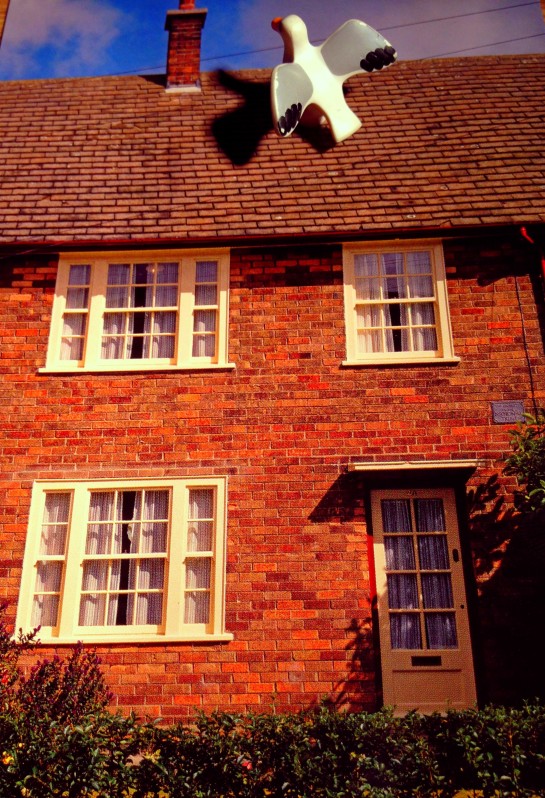

The lasting impressions though are of two lovingly-curated homes, which just happen to have been witness to the embryonic stages of a full-on musical revolution which changed the world. A damn fine way to spend a few hours in Liverpool too.
430 (How can you laugh? When you know I’m) Down.
*this was a condition under which Yoko Ono gave Mendips to the National Trust, that it was shown as a home because it was somewhere that had such fond memories for Lennon – he took her there once, stopped outside and told her his stories of playing in the gardens dressed as a red Indian and re-enacting the Just William stories with his own band of outlaws.
**Translation note: Council House = social housing; rented by families from the local borough.
^as long as we were granted a perfect alignment of socio-cultural-politico-economic factors, sky-scrapingly vast and entirely complimentary talents and a catchy group name – so it is an, almost entirely, illusory democracy then.
I liked the philosophical leanings in this post. After all, as my thoughts agreed, it is just a house. On the other hand, it’s a house where things happened, and the human instinct (for some) is to try to preserve it. I get that, too.
But sometimes I find it a bit much. When we were in New York a few years ago, it was some anniversary or other of Lennon’s death, and when we took the bus tour to Battery Park and Ground Zero, the tour guide made sure to point out every possible Lennon-related thing as we passed. “Oh, there’s the hospital they took him after he was shot,” and “We’re now passing Central Park, which is of course home to Strawberry Fields,” (and apparently only that one part), and “Rumour has it Lennon used to buy coffee over there,” and “Legend has it he farted while waiting for the light to change at that street corner.” On and on and on. And then some more. You’d think he owned the town. We actually got off the bus and waited for another one to come around to get a different guide.
So apparently I care, but not that much?
Thank you – beneath my superficial frothy exterior lurks a deep sensitive soul, wrapped around a deeply shallow core.
It was a great day out but it really did make me think about the mechanics of all this nostalgia. Whisper it very quietly, but the Beatles got out of Liverpool as soon as they could – they had to, you couldn’t make it anywhere in the UK except London at the time.
I think there’s a plaque up to mark the fart scene in NY.
Nice piece. I think we’re fascinated by the start of things that become big. Like the origins of the universe – many scientists spend a massive amount of time trying to figure out how it all became. I think they’ll find, when they get there, that the start of things was never really the start of anything, just a continuation of something else that went before – a slightly different riff, amplified in an accidentally different way. Much like the Beatles. They didn’t just explode out of nowhere. They came from Liverpool and all that Liverpool was, came from the industrial revolution,slavery, empire, etc etc. It’s all dependent origination. Nice bedroom though. Reminded me of my own.
Thanks – I think you’re right, it’s about origins and I couldn’t agree more about beginnings usually just being continuations. Dependent origination? Phew!
Holy shit, Paul sleeping in his natural habitat!
You have to creep up the stairs so as not to startle him. I just got lucky with this shot I guess.
Can you recommend any good record shops in Liverpool?
The one and only, Probe Records. I may as well just set up a direct debit there some months.
Are you heading down our way?
Cool. Always like to scope out the good shops anywhere I’m going. I should be down for a few days in October. I’m looking forward to it!
Very informative, I have never been to Liverpool but always wanted to go there at least once in my lifetime. Thanks for your insight on Beatles history.
Thank you – you should do it, it’s a great city to see, especially if you’re into your history.
I had no idea that John invented psychedelic trellis too. That’s brilliant and explains much. Maybe.
Sounds like a fun tour. But where’s George?
George and Ringo not so celebrated, which seems very unfair to me. But lest we forget this is the city that allowed someone to bulldoze the Cavern Club in the 1980’s – I worked in the offices that had been built on top of it. Ridiculous!
I believe that the psychedelic trellis is a much-neglected element of the Beatles story, as my 600 page new book (published by PeopleBuyThisShit Press) will prove.